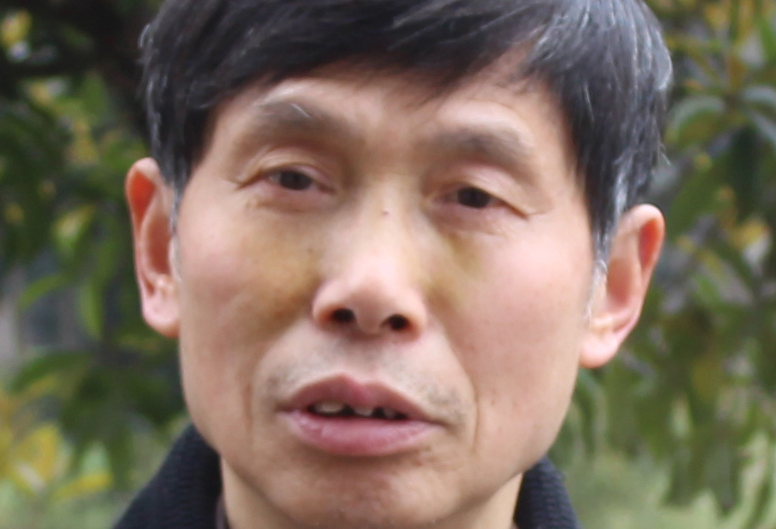TANG ZHENGMANG: China faces long road to food security
 China’s total output of grain in 2014 reached 607.1 million tons, up 0.9 percent compared to the previous year and marking an increase for the 11th consecutive year, according to the National Bureau of Statistics. As the world’s most populous nation, however, China still has a long way to go to ensure food security.
China’s total output of grain in 2014 reached 607.1 million tons, up 0.9 percent compared to the previous year and marking an increase for the 11th consecutive year, according to the National Bureau of Statistics. As the world’s most populous nation, however, China still has a long way to go to ensure food security.
State leaders all stress the crucial significance of food in people’s life. Chinese President Xi Jinping said ensuring food security is an eternal issue for China that must always have importance attached to it.
Food crises emerged in many countries around 2008, resulting in turmoil, riots and bloody conflicts. The UN called for global cooperation to confront the crises. In China, the rise of urbanization, reform of the hukou (household registration) system, natural disasters and worker layoffs these years haven’t triggered unrest due in no small part to plentiful food.
Currently, grain per-capita is a little more than 400 kilograms in China. Based on figures from 1990, grain per-capita was 2.180 tons in Canada, 1.299 tons in the US, 1.121 tons in France and 637 kilograms in Turkey. China has had to annually import about 70 million tons of grain in recent years. Meanwhile, farmland is gradually reducing with economic and social development. The number of grain farmers is also decreasing amid accelerating urbanization. These factors may have impact on food security.
There are other potential risks of food security, including grain farmers’ low income, food wastage, population growth and outdated water conservancy. The situation of food security is still urgent in China. Growing grain and increasing grain farmers’ incomes will contribute to solving this problem.
Innovation in the grain price mechanism should be taken into account. The implementation of this measure may increase grain farmers’ incomes and arouse their initiative. Proper subsidies provided to urban minimal assurance households, state workers with stable income and employees in various private enterprises can help tackle their financial problems after the rise of grain prices.
The agricultural structure should be adjusted with priority given to producing grain. In the past, grain croplands were used to plant fruits, flowers, vegetables, and some even became fishponds.
Farmers’ incomes were indeed boosted as a result, but urgent food problems emerged. Innovating the grain price mechanism is another good way to lift farmers’ incomes and ensure food security.
Innovation in the grain price mechanism will also contribute to solving different potential food security risks. Farmers will no longer abandon farmland; misuse of arable land will not be allowed; serious waste of food will be reduced; and families with low incomes will be more prudent in fertility.
Strictly depending on imported grain is not sustainable in the long run. Consequences will be unimaginable in case of an international food crisis. Some small and wealthy countries, such as Japan and South Korea, can completely rely on imports to solve food problems. However, these countries have made their grain farmers wealthier through the implementation of various policies including raising grain prices. It is more necessary for China, as a large country, to tackle food problems independently.
Sufficient food can ensure food security. Policy-making should focus on grain farmers, whose initiative of harvesting grain can be stimulated by innovating the grain price mechanism and thus solve food security issues.
Tang Zhengmang is a professor from Xiangtan University, Hunan Province.

 PRINT
PRINT CLOSE
CLOSE